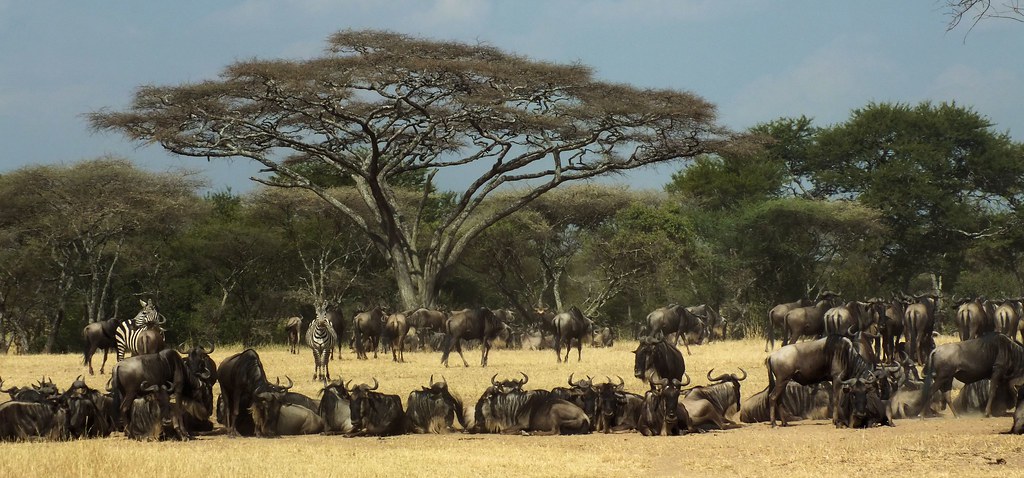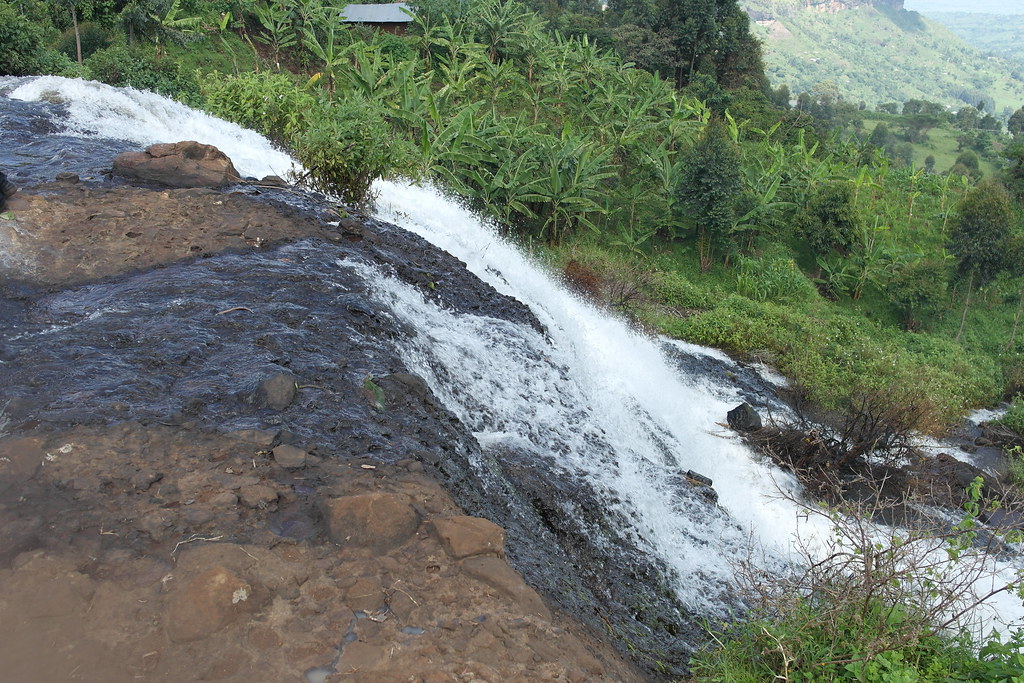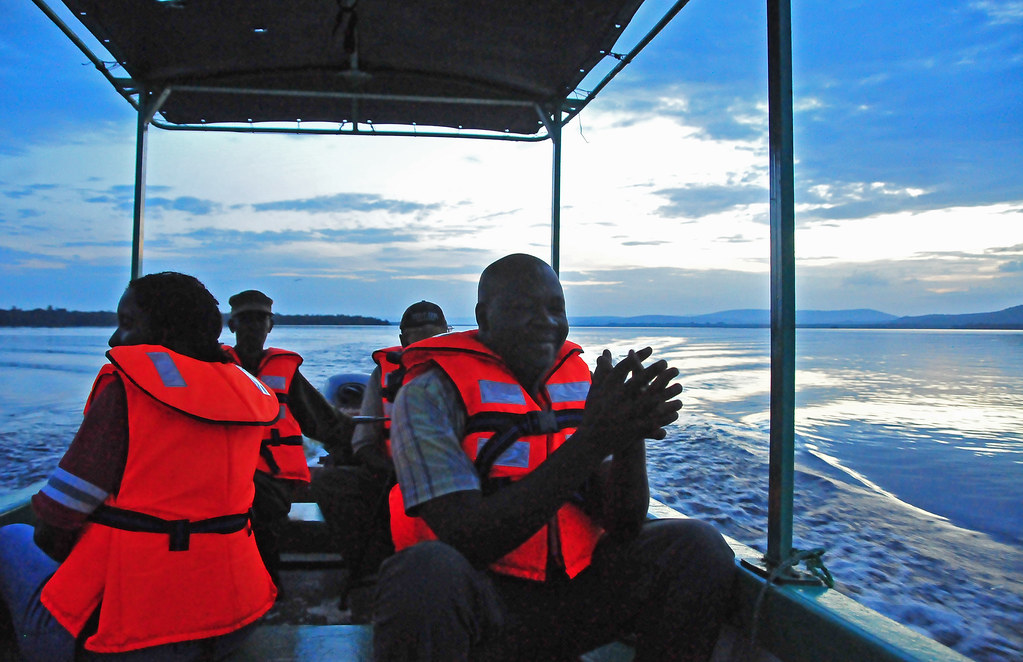
Serengeti Great Wildebeest Migration Safari 2024-2025
Experience a Spectacular Journey:
Experience the Great Serengeti Wildebeest Migration, an awe-inspiring phenomenon, with our exclusive safari experience for 2024-2025. During this remarkable annual migration, a variety of wildlife, such as zebras, Grant’s gazelles, Thomson’s gazelles, elands, and impalas, are present, including vast masses of wildebeests. Throughout the year, a mesmerizing spectacle transpires as the migration follows a predictable pattern, spurred by the quest for fresh grass and water. The annual rainfall patterns are intricately connected to the precise timetable of this migration.
Month by Month Serengeti Great Wildebeest Migration Safari
In early November, the short rains commence, and the herds appear on the short grass plains of Serengeti National Park by late November to December. This is the beginning of the voyage. These vast plains, located to the south and east of Seronera around Ndutu and to the north of the Ngorongoro Conservation Area, serve as a sanctuary for wildebeests and zebras, who consume nutrient-rich vegetation. This feeding frenzy persists throughout January, February, and March, with a substantial number of wildebeest offspring being delivered in February in this period. The Great Migration North commences in April as the cattle progressively disperse westward across the plains as the months progress.
The Serengeti’s Wildebeest embark on a northward migration in May, motivated by the pursuit of fresh grazing and water. The region surrounding Moru Kopjes and the western region of Seronera is characterized by a lively scene, featuring hundreds of thousands of animals in moving columns, as well as dispersed Thomson’s and Grant’s gazelles and zebras.
The Wildebeest migration frequently experiences a hiatus on the southern side of the Grumeti River by June, as channels and basins impede or slow down their northern migration. The wildebeests congregate in the western corridor, occasionally attaining high densities prior to traversing the river. Although these river crossings lack the dramatic quality of the Mara River in the north, they continue to be a significant annual event, drawing enormous crocodiles.
The northward movement continues in July and August, as herds traverse the northern Serengeti, passing through Grumeti Reserve and Ikorongo, as well as the center of Serengeti National Park.
The Mara River, a formidable obstacle, is encountered by herds as they traverse the northern Serengeti in September, marking a critical phase. Herds feverishly navigate the rushing waters as the crossing of the Mara River transpires in a spectacular display of distress and confusion. It is an unforgettable experience to witness this dramatic event, as cattle may cross the northern border one day and return to the southern region a few days later.
In October, the wildebeest herds commence their southward migration in a harmonious manner, traversing the Lobo Area of Serengeti National Park and western Loliondo. They will return to the revitalized short grass plains of the southern region as the November rainfall bring new growth.
Secure Your Spot for the Serengeti Great Wildebeest Migration Safari in 2024-2025 by Contacting us. Enhance your safari experience by incorporating mountain gorilla tracking in Rwanda or Uganda.


